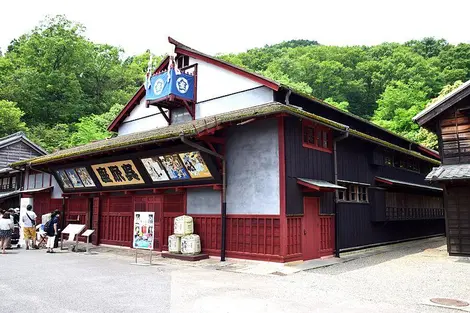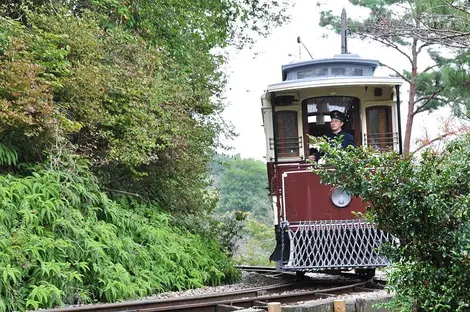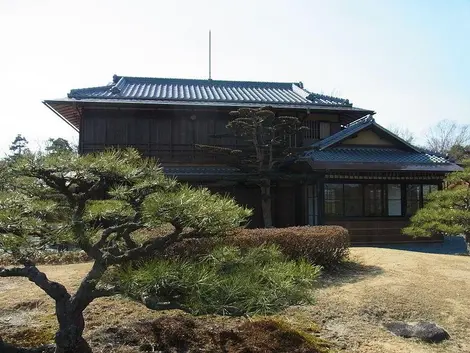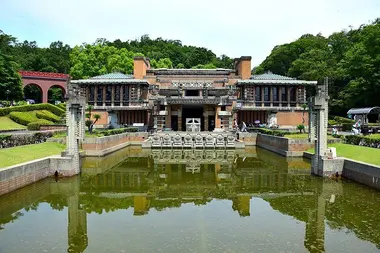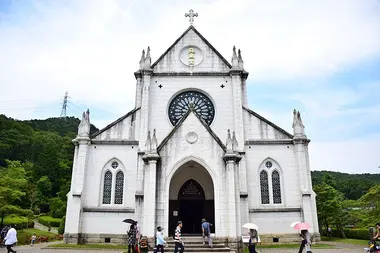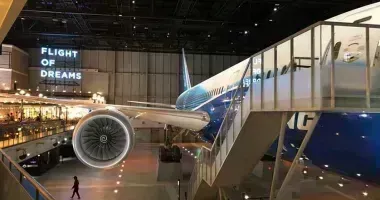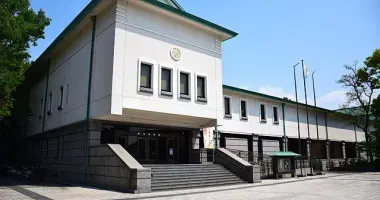The Meiji Mura 博物館明治村
- Published on : 28/01/2019
- by : S.V.
- Youtube
In the heart of a village
In Inuyama, near Nagoya , the Meiji-mura open-air museum offers you a complete immersion in a pivotal period for the Japanese archipelago, the Meiji era (1868-1912), thanks to some sixty remarkably preserved buildings. Much more than mere remnants of the past, these buildings bear witness to the birth of modern Japan.
The will of two men
In the early 1960s, two childhood friends, the architect Yoshiro Taniguchi (1904-1979) and the vice-president of Meitetsu , the railway company of Aichi and Gifu prefectures, Moto-o Tsuchikawa (1903- 1974), become aware of the urgent need to preserve a greatly threatened heritage: the architectural heritage of the Meiji period .
In post-war Japan, buildings from the Meiji era that survived the earthquakes and bombings of World War II are few.
Moreover, the surviving monuments are threatened with destruction by major real estate programs generated by the rapid economic growth of the archipelago and unprecedented urban development. The two men then take up the cause for the defense of these cultural assets.
Under the aegis of their foundation, created in 1962, they have a few buildings that cannot be preserved in their original location dismantled and reinstalled on a large plot of land in Inuyama . The Meiji-mura, or "Meiji village", thus opened its doors on March 18, 1965 with around fifteen buildings saved.
- To discover: The city of Inuyama and its castle
Brick and stone, symbols of modernization
But what is so special about Meiji architecture?
This period of Japanese history is synonymous with modernization for the archipelago. Politics, economy, major institutions, education; all sections of society are affected . Japan is building a new model of society by rapidly assimilating Western culture and techniques.
In this extraordinary modernization, the architecture is not to be outdone. The Japanese authorities in particular call on a few Western architects to carry out new constructions : government buildings, schools, shops, houses...
A new generation of Japanese architects was then born through contact with European and American architects. An architectural style using new techniques and new materials (brick, stone, glass) is emerging. In this respect, the very modern district of Ginza , which has just emerged from the ground, is an example.
However, the precepts of traditional architecture do not fall completely into oblivion. The wooden architecture continues but it is now of much better quality.
A total immersion
Since its inauguration, the Meiji-mura has grown a lot. It now houses 67 buildings, 10 of which are designated "important cultural assets" at the national level . The term village, or mura in Japanese, is not usurped as the place is huge. On a hill opposite Lake Iruka, the Meiji village now occupies a hundred hectares.
In addition, the multitude of buildings of all types reinforces this feeling of being in a real village or city of the Meiji era. Bank, court, shops, churches, hotel, private residences, brewery, prison, theatre, lighthouse... everything is there . Uji-Yamada Post Office, originally located in front of Ise Shrine , is the last wooden post office from this period but it is mostly still in operation!
Indeed, the visit is all the more charming as it seems to have a real life in these places: the buildings are furnished and fitted out with objects of daily life . Weddings can be celebrated in the Saint François-Xavier cathedral in Kyoto. A kabuki troupe performs regularly at the Kurehaza Theater. The old Nakai brewery in Kyoto offers sake tastings. And the former photo studio welcomes visitors who wish to take a break.
You would almost expect to see customers crossing the threshold of the imposing entrance hall of the Imperial Hotel by American architect Frank Lloyd Wright.
To complete the experience during your visit, you can also dress up in period attire and get around on Kyoto's old streetcar or steam train , both of which criss-cross the park. Be careful at the start, on the way to the Meiji era!
Address, timetable & access
Address
Phone
81 568-67-0314Timetable
From Nagoya, take the train to Inuyama (30 min), then the bus to the Meiji-mura Seimon-mae stop (20 min).Price
Adult: 1,700 yen (14 €) Child: 600 yen (5 €)Access
9:30 a.m. - 5:00 p.m. (from March to July 22 and from September to October)10:00 a.m. - 5:00 p.m. (from July 23 to August 31)9:30 a.m. - 4:00 p.m. (November)10:00 a.m. - 4:00 p.m.: 00 (from December to February)Website
http://www.meijimura.com/english



